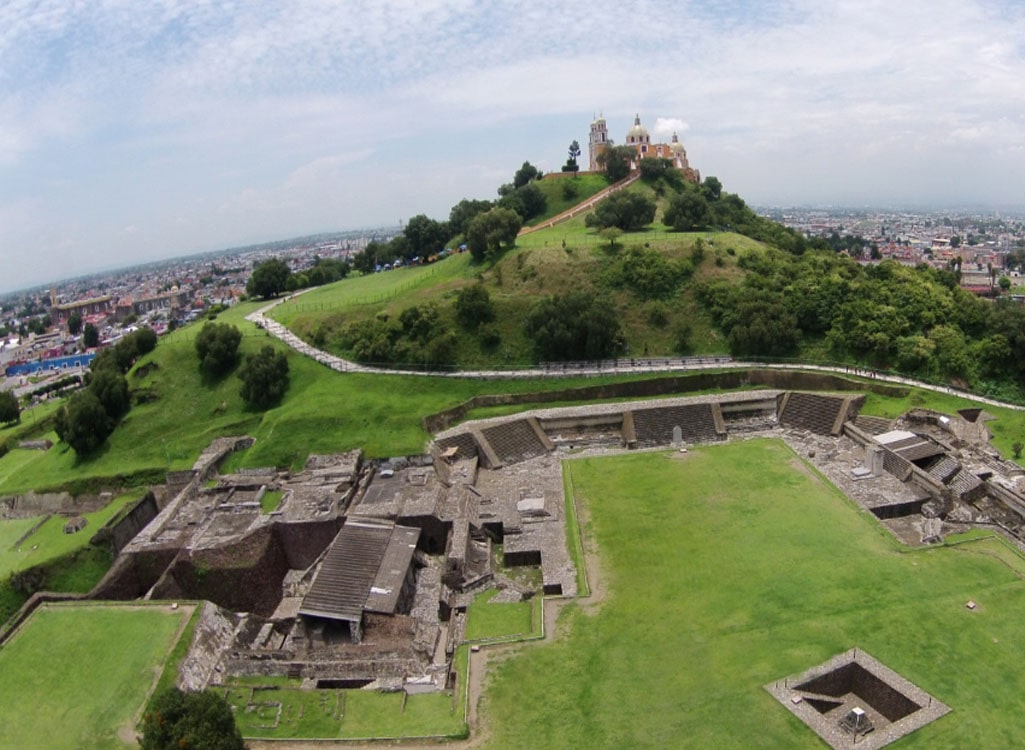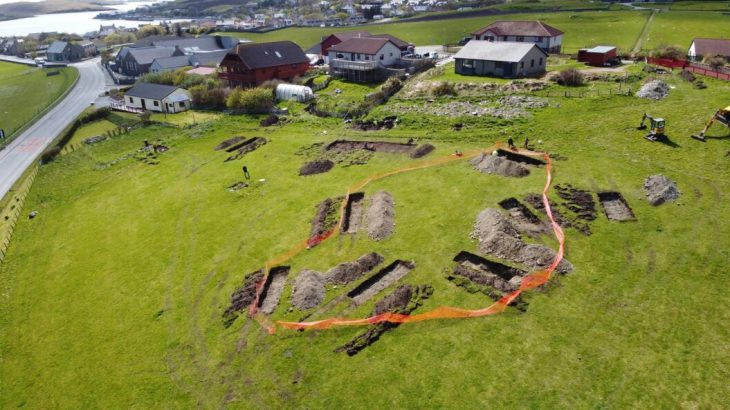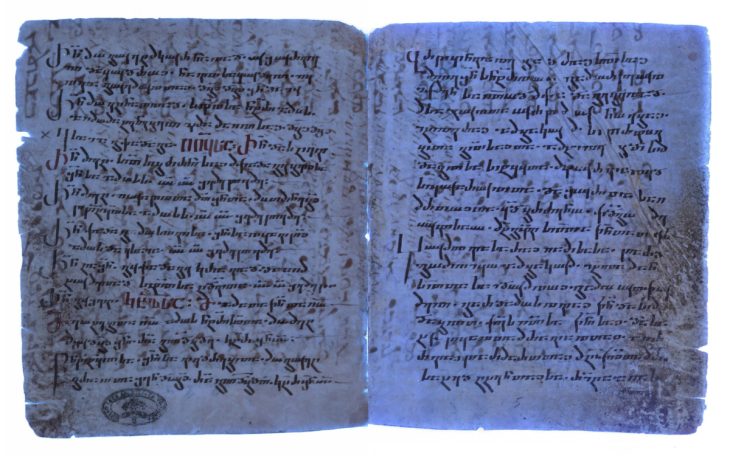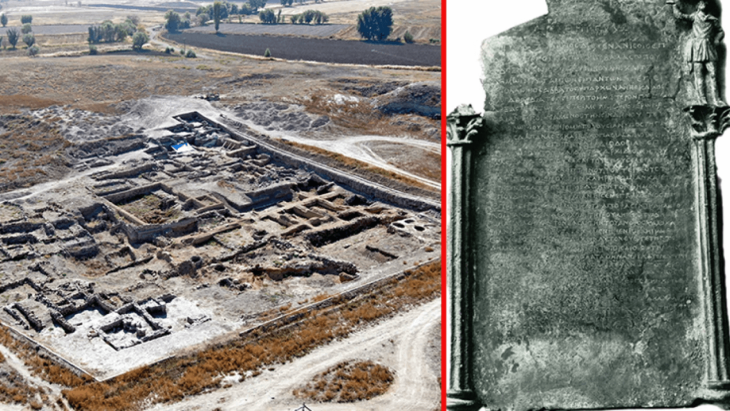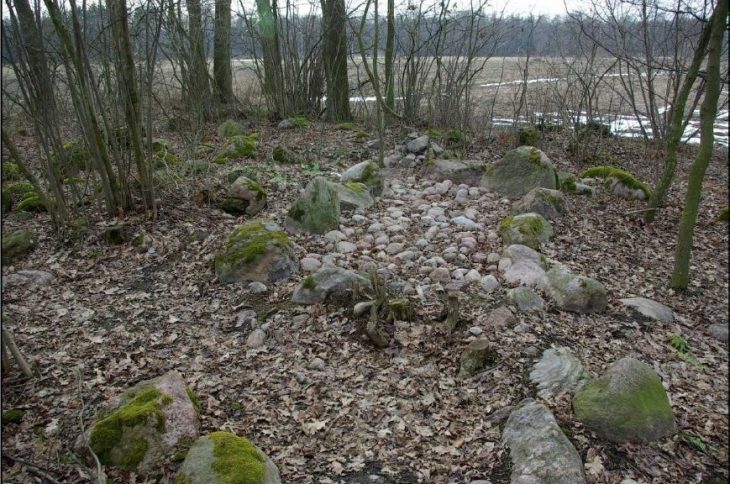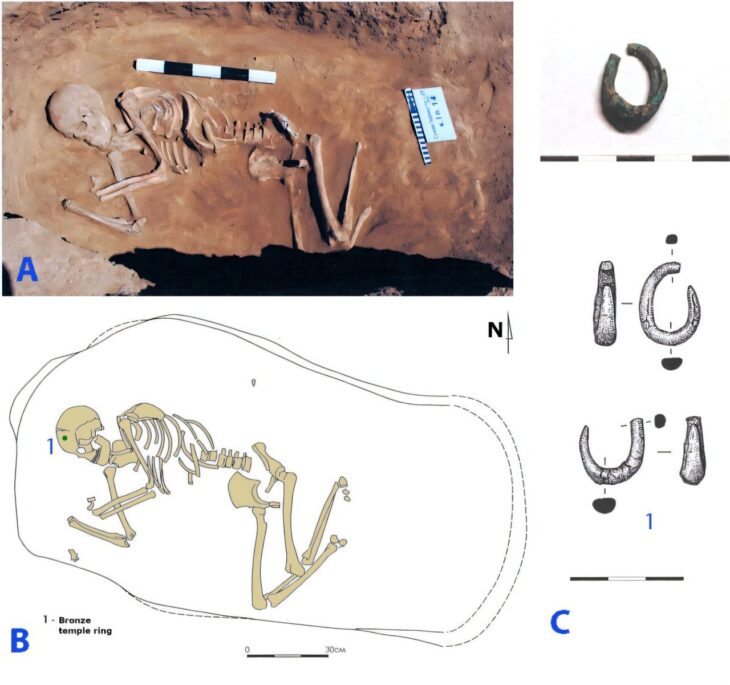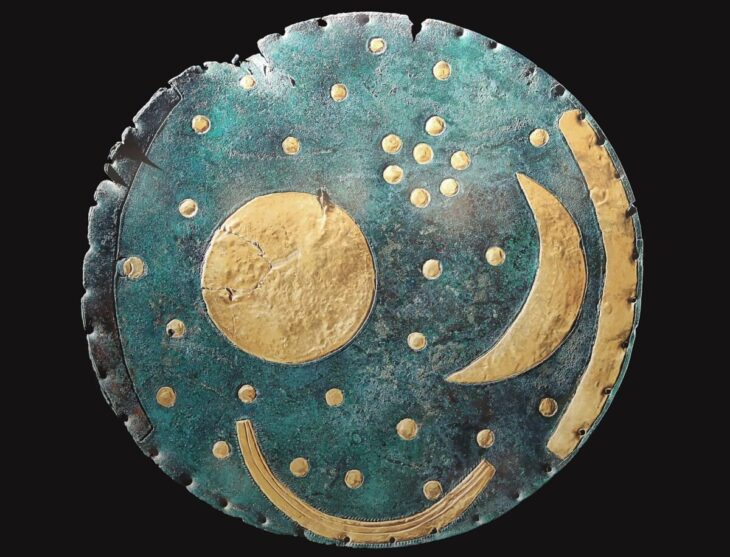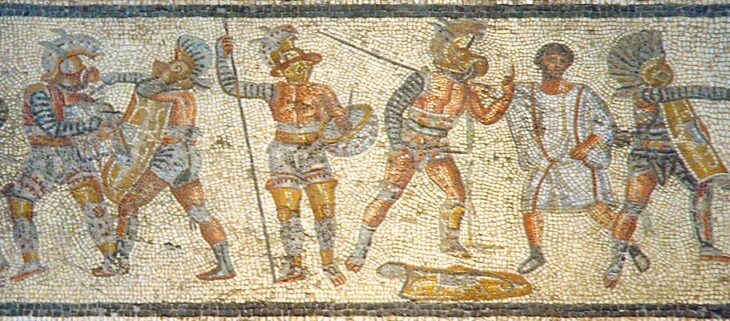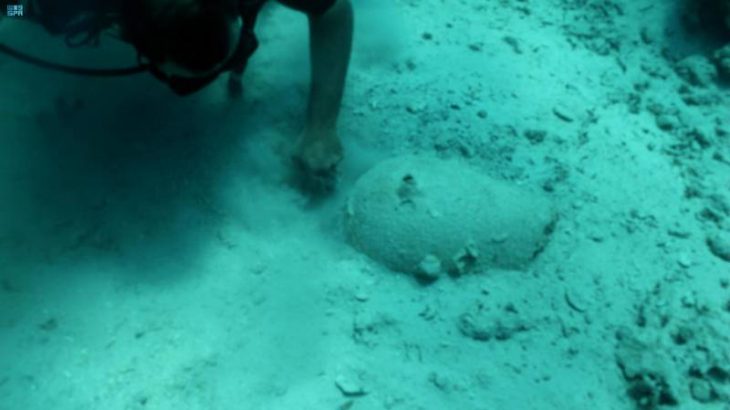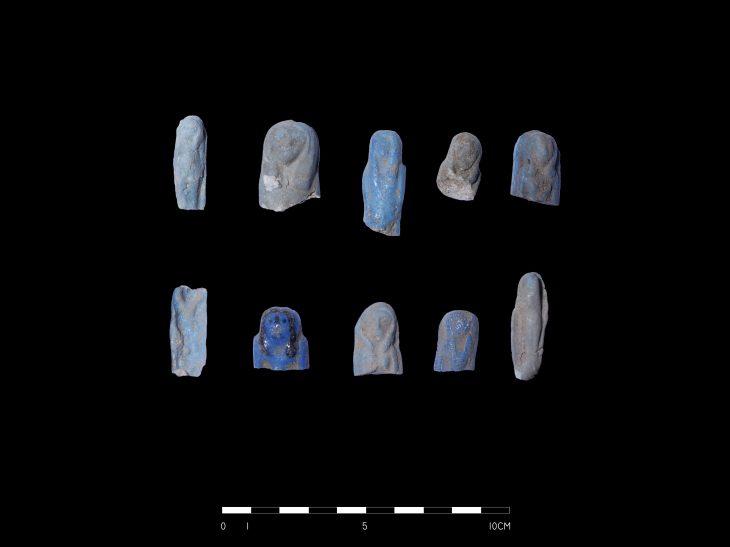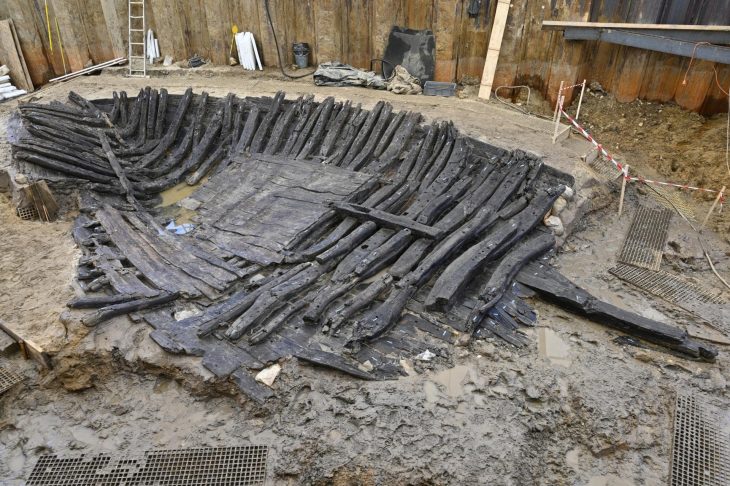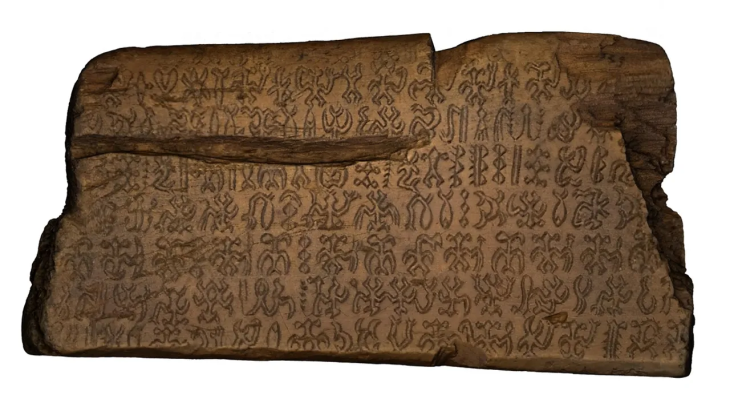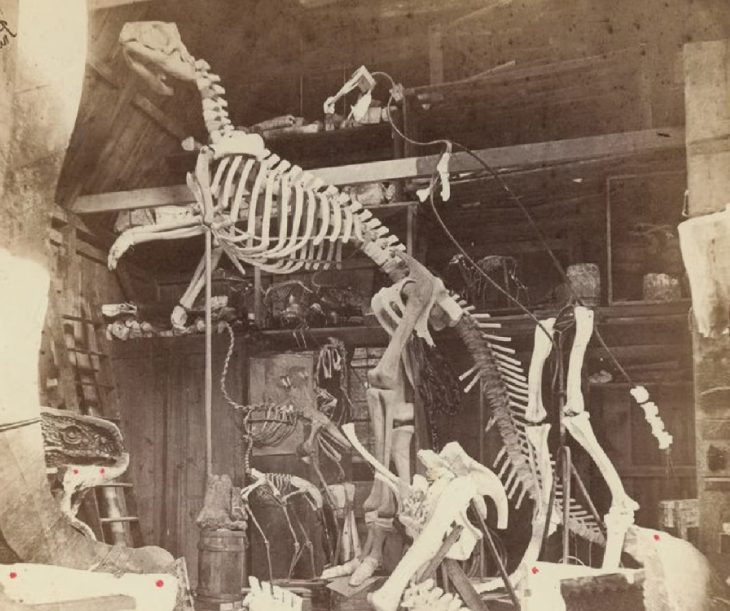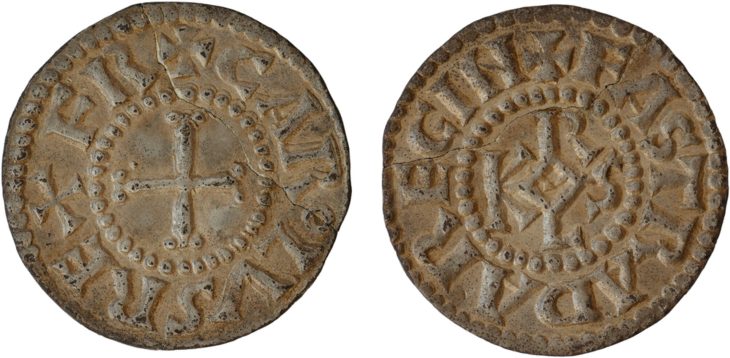The largest and tallest pyramids in the world are incredible feats of design, engineering, and construction. The Great Pyramid of Giza often gets the crown when talking about pyramids. However, the temple at Cholula dwarfs the Great Pyramid at Giza.
Hiding under the grass, trees and soil sits the Great Pyramid of Cholula, deemed the largest monument ever built on Earth, with a base four times the size of the Great Pyramid of Giza.
The Great Pyramid of Cholula, known to the locals as Tlachihualtepetl (man-made mountain), stands around 66 meters (216 feet) tall and 450 meters (1,475 feet) wide. It has a volume nearly twice the size of the Great Pyramid, the largest of the three famous pyramids of Giza. Archaeologists believe the mysterious complex was built sometime around 300 BCE, though they can’t agree on who exactly built it.
The Great Pyramid of Tepanapa, also known as the Great Pyramid of Cholula, is a 2,400-year-old man-made structure located in Mexico. It was completely overlooked by the Spanish army during their 1519 invasion.
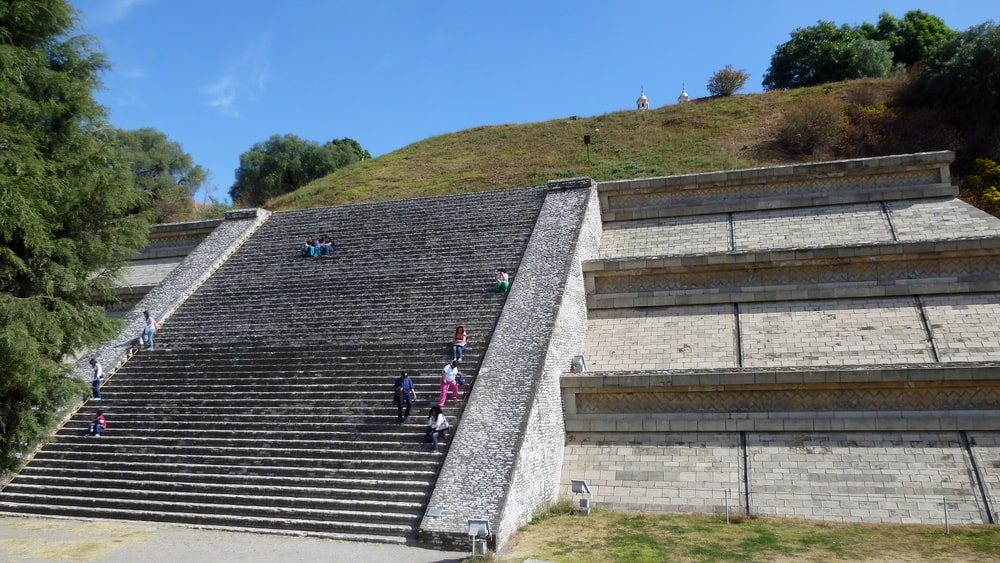
Cholula is located near the capital Tenochtitlan and was one of the most important cities in the Aztec Empire. It was home to about 100,000 people and known for its bustling markets and fine trade goods. The city was believed to be incredibly sacred and the people constructed a holy pyramid for every day of the year.
In 1519, Hernan Cortez and his men marched into the city and massacred 10 percent of the population, building a tiny church on top of a massive hill as a symbol of their conquest.
One of those, the Iglesia de Nuestra Señora de los Remediosa, was to become – effectively – a hat, after it was unknowingly placed on top of the Great Pyramid of Cholula.
The pyramid actually boasts the longest occupation by humans of any building, helped along by its Spanish church bonnet. A lofty claim for the largest monument ever constructed by humans in Mesoamerica.
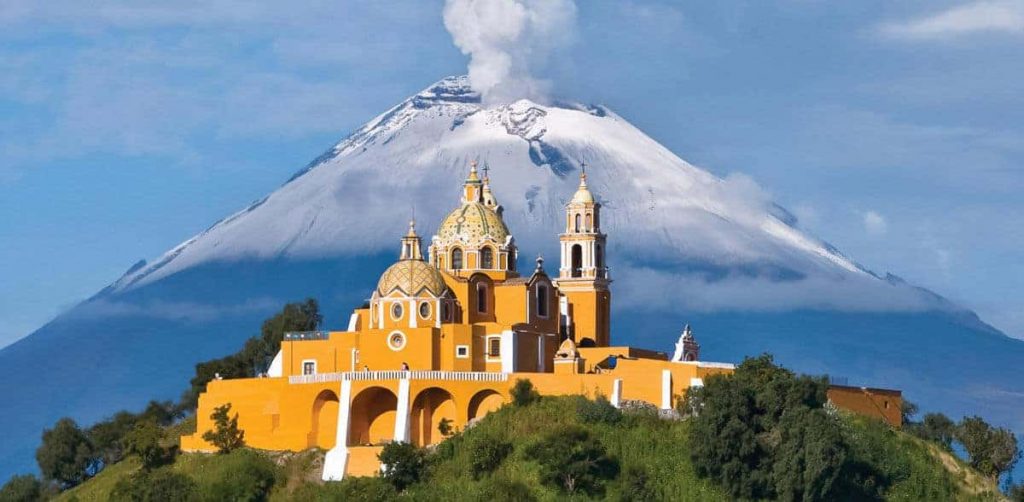
Nobody knew it was a pyramid until locals started building an insane asylum in 1910, according to legend. It was certainly a thousand years old and completely hidden by vegetation by the time Cortéz and his men arrived.
Cortez referred to it as “the most beautiful city outside of Spain.” When he arrived, it was the second-largest city in the Aztec empire, despite having changed hands several times.
According to legend, when the conquistadors arrived, the locals covered the valuable temple with their own soil. In fact, it could have happened by chance. This is due to the fact that the world’s largest pyramid is made of mud.
“Adobe” bricks are created by combining mud with other materials such as sand or straw and baking it in the sun until it hardens. The outer bricks of the pyramid were smoothed with more earth to create a painting surface. The temple was once infested with red, black, and yellow insects. In dry climates, mud bricks are extremely durable – lasting thousands of years. In humid Mexico, the mud creation was a fertile platform for the tropical jungle.
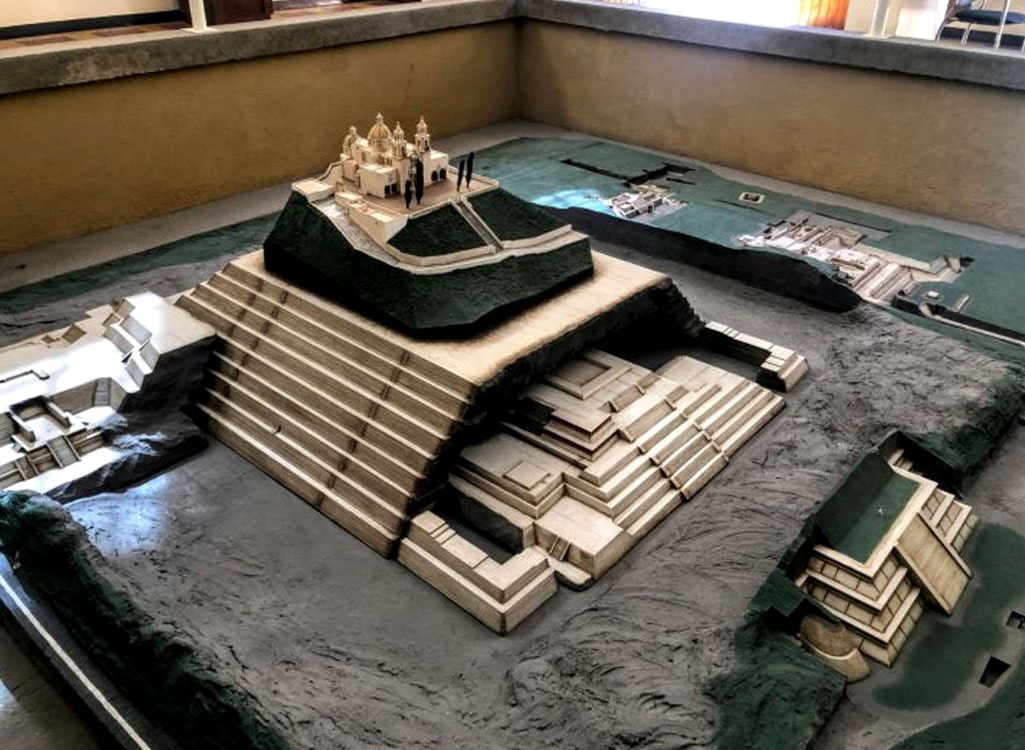
It was built in four major stages, each of which had its own distinct style but left the previous constructions visible. Some believe this was done on purpose to preserve the building’s history. Up until the Spanish Conquest, it was a significant shrine devoted to mountain worship and a rain god.
Today, the city has reclaimed its pyramid, which can be explored via five miles of tunnels built in the early twentieth century. Nearly 500 years after the colonial conquest, the city faces a new threat: tourists.
As a matter of fact, Cholula is one of Mexico’s most important pilgrimage sites and attracts hundreds of thousands of people during its yearly festival.

